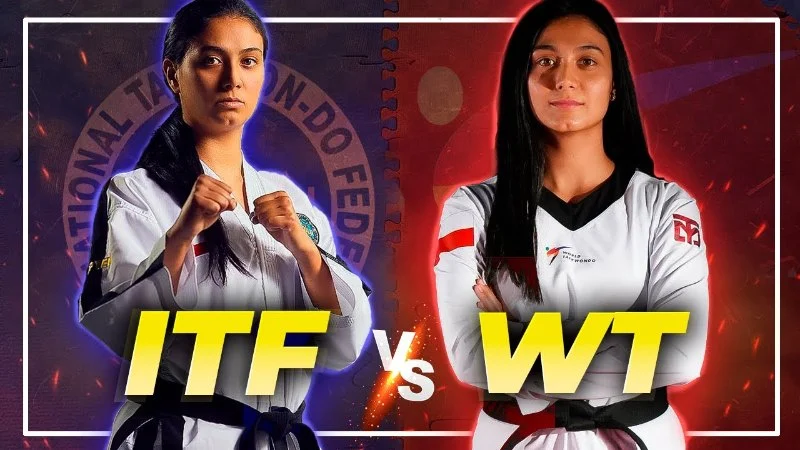
- 1. Origins of ITF and WT Taekwondo
- 2. Philosophy and Focus of Each Organization
- 3. Training and Techniques: ITF vs WT
- 4. Competition Rules and Scoring
- 5. Uniforms and Symbolism
- 6. Real-Life Experiences from Practitioners
- 7. Which Style is Best for You?
1. Origins of ITF and WT Taekwondo
The roots of modern Taekwondo trace back to post-war Korea, but the art split into different organizations that evolved with unique identities. The International Taekwon-Do Federation (ITF) was founded in 1966 by General Choi Hong Hi. ITF emphasizes traditional martial arts values and techniques, staying close to Taekwondo’s original form.
The World Taekwondo (WT), formerly known as the World Taekwondo Federation (WTF), was established in 1973 and is recognized by the International Olympic Committee. WT focuses on sport-oriented Taekwondo, which led to its inclusion in the Olympic Games in 2000.

Gracie Humaita Hemet / gracie humaita hemet
HemetRiverside CountyCalifornia
2164 E Florida Ave, Hemet, CA 92544, USA
2. Philosophy and Focus of Each Organization
One of the main differences between ITF and WT Taekwondo lies in their philosophy. ITF maintains a strong focus on martial arts discipline, self-defense, and the moral culture of Taekwondo. Training often emphasizes patterns (known as "tuls"), sparring, and theoretical knowledge of martial arts ethics.
WT, on the other hand, highlights sportsmanship and international competition. Its philosophy leans more toward athletic performance, speed, and point-scoring techniques. This makes WT a favorite for those seeking competitive recognition on a global scale, particularly in Olympic contexts.

Premier Martial Arts Glen Mills / premier martial arts glen mills
ConcordvilleDelaware CountyPennsylvania
1102 Baltimore Pike, Glen Mills, PA 19342, USA
3. Training and Techniques: ITF vs WT
ITF Taekwondo is known for its use of sine wave motion, where practitioners rise and fall in their stance to generate power. Training includes a balance of hand and foot techniques, self-defense applications, and in-depth practice of forms.
WT Taekwondo emphasizes fast, high, and powerful kicking techniques. Because WT competitions prioritize kicks, training focuses heavily on footwork, speed, and precision. Hands are used, but kicks are dominant, which creates a distinct athletic style.
4. Competition Rules and Scoring
ITF competitions involve point-stop sparring, where matches are paused to award points for clean techniques. This format highlights precision, control, and a mix of hand and foot strikes.
WT competitions, on the other hand, are continuous and electronic scoring is often used. Points are awarded primarily for kicks to the torso and head, with higher values for spinning or jumping techniques. This makes WT matches dynamic and spectator-friendly, aligning with its global sports image.
5. Uniforms and Symbolism
Uniforms also reflect the difference between ITF and WT. ITF practitioners typically wear a "dobok" with black trim for higher ranks, symbolizing their traditional roots. The back often bears the words “Taekwon-Do” in bold letters.
WT uniforms are designed for athletic performance, featuring a V-neck jacket for ease of movement. Since WT is more sport-focused, the uniform is lighter and optimized for kicking and speed during matches.
6. Real-Life Experiences from Practitioners
Many martial artists who have trained in both ITF and WT note the differences in mindset and practice. For instance, one American student who started in ITF appreciated the discipline and self-defense techniques but later transitioned to WT for competitive opportunities. Another practitioner shared that the ITF’s focus on theory and forms gave them a deeper appreciation for Taekwondo’s history, while WT sparring provided an adrenaline rush unmatched by other sports.
These real-world experiences highlight how the same martial art can offer different journeys depending on the organization.
7. Which Style is Best for You?
Deciding whether ITF or WT Taekwondo is right for you depends on your goals. If you want a deeper connection with traditional martial arts, self-defense, and philosophy, ITF may suit you best. If your interest lies in high-energy competition, Olympic recognition, and fast-paced sparring, WT might be the better choice.
Both ITF and WT foster discipline, respect, and physical fitness. Ultimately, the best Taekwondo style is the one that aligns with your personal aspirations and keeps you motivated to train. For guidance on finding the right training, check out Jeuns TKD Hub, where you can discover resources, products, and recommendations tailored for Taekwondo practitioners of all levels.

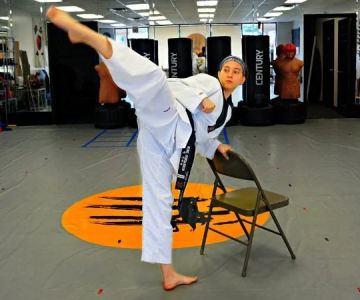


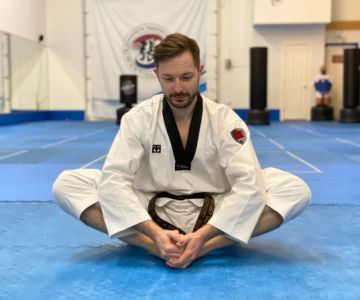
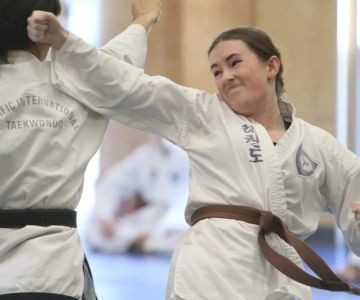

 On Mission Martial Arts, Inc.5.0 (5 reviews)
On Mission Martial Arts, Inc.5.0 (5 reviews) Seattle Integrated Martial Arts4.0 (25 reviews)
Seattle Integrated Martial Arts4.0 (25 reviews) Kuk Sool Won of St Paul4.0 (4 reviews)
Kuk Sool Won of St Paul4.0 (4 reviews)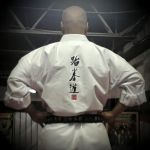 Eastern Martial Arts Supplies5.0 (39 reviews)
Eastern Martial Arts Supplies5.0 (39 reviews) Fournier's Leadership Karate Centers4.0 (38 reviews)
Fournier's Leadership Karate Centers4.0 (38 reviews) Edgerton Family Martial Arts5.0 (5 reviews)
Edgerton Family Martial Arts5.0 (5 reviews)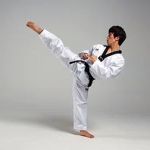 How to Execute a Jumping Roundhouse Kick to the Head
How to Execute a Jumping Roundhouse Kick to the Head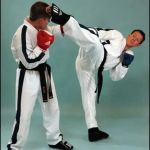 How to Execute a Double Kick Combination in Sparring
How to Execute a Double Kick Combination in Sparring How to Perform a Flawless Axe Kick: A Step-by-Step Guide
How to Perform a Flawless Axe Kick: A Step-by-Step Guide DIY Tae Kwon Do Training Equipment for Home Practice
DIY Tae Kwon Do Training Equipment for Home Practice How to Increase Your Vertical Jump for Tae Kwon Do Flying Kicks
How to Increase Your Vertical Jump for Tae Kwon Do Flying Kicks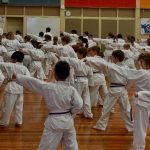 The History of the Tae Kwon Do Peace Corps
The History of the Tae Kwon Do Peace Corps